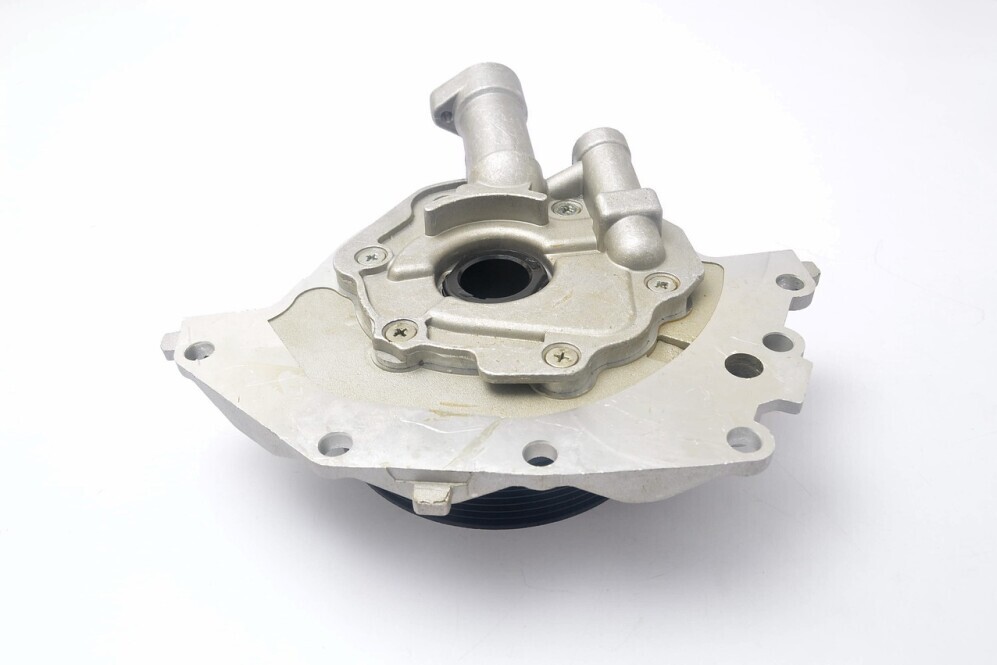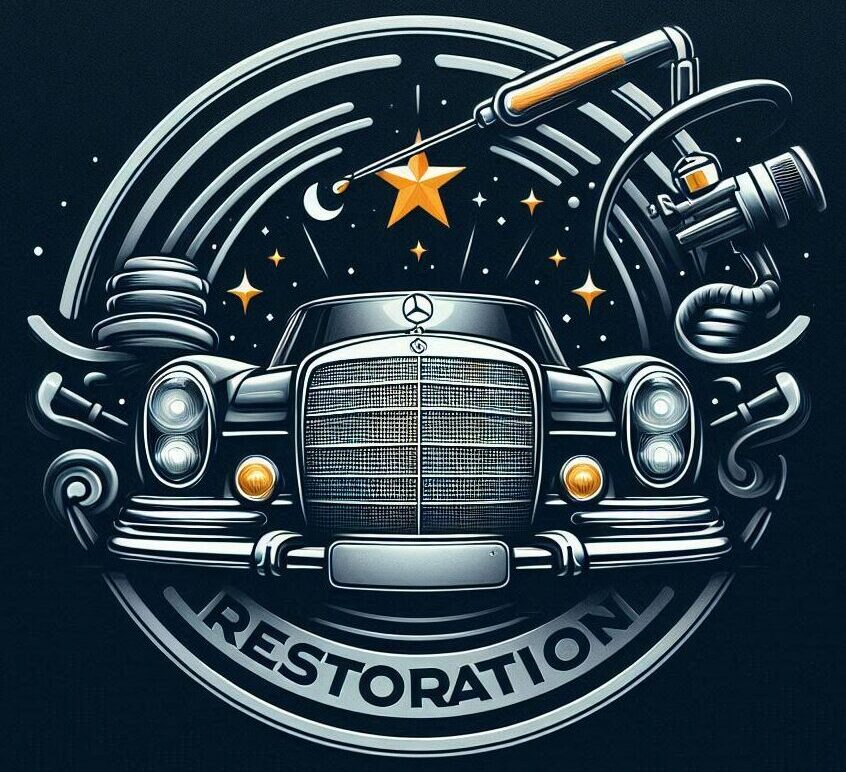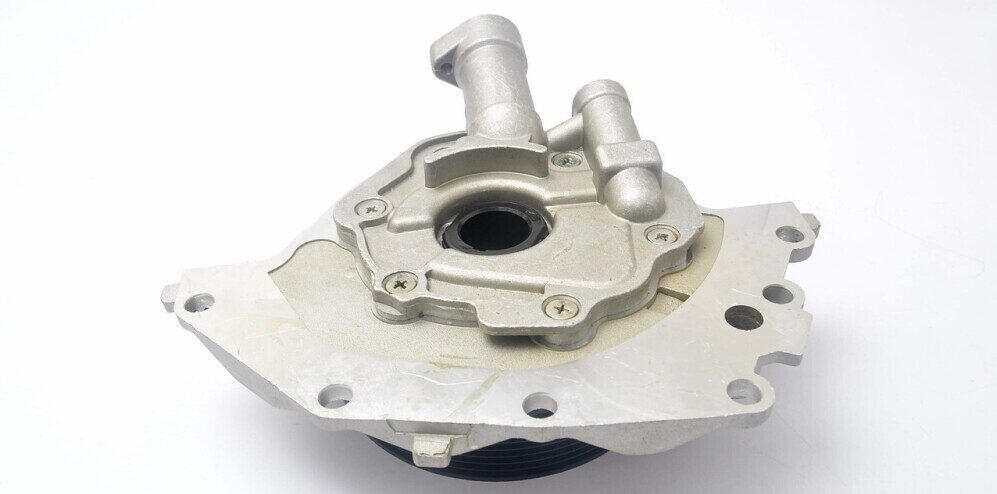
Restoring a classic Mercedes-Benz is a deeply personal journey. For some, keeping the car as close to its original state as possible is a non-negotiable. For others, modern upgrades offer practical benefits, from improved performance to enhanced safety. Striking the right balance depends on your goals, preferences, and how you plan to use your car.
Classic Mercedes vehicles have this certain magic that just grabs the attention of car enthusiasts around the world. It’s almost like they reflect a mix of history, elegance, and engineering prowess that’s hard to resist. These cars aren’t just about getting from point A to B—they’re rolling art forms that tell a story of a different era.
Think about models like the 1960s SL Roadster or the magnificent W123 series. These weren’t merely cars; they were icons of style and precision for generations. The impeccable design and luxurious features set the standard for what a premium automobile could be back in the day. They hold a special place in the automotive hall of fame and in the hearts of collectors.
And let’s not forget the financial side of things. Classic cars, including those from Mercedes, often increase in value over time. As these cars become rarer, their worth can skyrocket, making them a solid investment. But more than their monetary value, the real treasure lies in preserving a piece of automobile heritage.
In this guide, we’ll explore the pros and cons of original parts versus modern upgrades, helping you decide what’s best for your classic Mercedes. We’ll also provide practical tips and resources to make the process smoother.
The Case for Original Parts
Why Choose Original Parts?
Original parts (OEM parts) are crafted specifically for your Mercedes model, ensuring a perfect fit and maintaining the authenticity of your restoration. They’re ideal for owners looking to preserve the car’s value, aesthetics, and heritage.
Pros of Original Parts:
- Authenticity: Using original parts keeps the car true to its roots, preserving its historical significance.
- Value Retention: Cars restored with original parts often have higher resale value, especially for collectors.
- Perfect Fit: OEM parts are designed to work seamlessly with your car, minimizing compatibility issues.
Cons of Original Parts:
- Cost: Original parts can be more expensive than aftermarket options.
- Availability: Finding rare parts for older models can be a challenge.
Practical Tips:
- Join Mercedes-Benz forums and communities to connect with other owners who might have spare parts or leads on suppliers.
- Consider reputable sources like the Mercedes-Benz Classic Center for authentic parts.
Resources:
- Mercedes-Benz Classic Center: Classic Parts
- SL Shop: SL Shop specializes in parts for vintage Mercedes.
The Case for Modern Upgrades
Why Choose Modern Upgrades?
Modern upgrades improve the performance, safety, and comfort of your classic Mercedes while making it more practical for today’s driving conditions.
Pros of Modern Upgrades:
- Improved Performance: Upgraded engines, suspensions, and brakes can make your car faster and safer on the road.
- Enhanced Comfort: Features like air conditioning, power steering, and modern audio systems improve usability.
- Better Reliability: Modern parts are often more durable and require less maintenance.
Cons of Modern Upgrades:
- Potential Loss of Authenticity: Over-upgrading can detract from the car’s original charm.
- Impact on Value: Some collectors may see non-original parts as unacceptable.
Practical Tips:
- Think about reversible upgrades, such as bolt-on modifications, so you can return the car to its original state if needed.
- Focus on subtle enhancements, like upgraded brakes or hidden tech features, that don’t compromise the car’s classic aesthetic.
Resources:
- Modern Upgrades for Classic Cars: RetroSound for vintage-style radios with modern features.
- Suspension and Brakes: FCP Euro offers performance upgrades tailored for classic Mercedes.
Finding the Balance
Most classic Mercedes owners aim for a middle ground—combining original parts for authenticity with modern upgrades for practicality. Here’s how to achieve that balance:
1. Prioritize Safety
Upgrading safety features, like brakes or seatbelts, is a smart move. Modern disc brakes or improved lighting systems can make your car safer without altering its classic character.
Resources:
- Brake Kits: StopTech offers high-performance brakes for vintage models.
2. Focus on Reversible Modifications
Reversible upgrades, like bolt-on suspension kits or modern engine tuning, allow you to enjoy better performance while preserving the option to return the car to its original specs.
Example: A modern cooling system can prevent overheating without permanently altering the engine bay.
Resources:
- Cooling Systems: Griffin Radiators for custom cooling solutions.
3. Preserve the Aesthetics
Even with upgrades, it’s important to keep the car’s original look intact. For instance, hidden tech upgrades, like Bluetooth-enabled stereos or climate control, can improve usability without detracting from the vintage charm.
Resources:
- Vintage-Style Audio: RetroSound provides discreet tech solutions.
4. Keep Detailed Records
Whether you choose original parts, upgrades, or a mix of both, keep thorough records of your restoration. Document every change, including parts used and modifications made. This history adds value and transparency if you decide to sell the car in the future.
Tip: A photo log of the restoration process can be a great way to showcase your work.
Examples of Balanced Restorations
- The 300SL Gullwing: Owners often enhance performance with modern exhaust systems while preserving the car’s iconic silhouette.
- W114/W115 Models: Subtle tech upgrades, like GPS navigation or improved climate control, make these cars more practical without compromising their charm.
- ’90s AMG Models: These modern classics often feature reversible performance upgrades, like enhanced suspension systems, that blend seamlessly with their original character.
The Debate: Genuine Mercedes Parts vs. Aftermarket Alternatives
When it comes to keeping a classic Mercedes running smooth, a major point of discussion is whether to stick with genuine Mercedes parts or opt for aftermarket alternatives. Each choice has its own advantages and disadvantages.
Genuine Mercedes parts are tailor-made for your car. They come with the seal of approval from Mercedes-Benz and adhere to strict quality standards. Plus, there are warranties and guarantees that come with these parts, safeguarding you against unexpected failures.
On the other hand, aftermarket parts often come at a more budget-friendly price and can sometimes introduce innovative solutions that weren’t available when your vehicle first rolled off the production line. Those into customization might find some pretty exciting options here, allowing a personal touch without breaking the bank.
Understanding the terminology can be crucial here. While genuine parts are directly from Mercedes, Original Equipment Manufacturer (OEM) parts are made by companies that produced the original components for Mercedes vehicles but may not carry the Mercedes logo. They often maintain a similar quality, offering a solid balance between authenticity and cost. Aftermarket parts, on the other hand, are produced by other companies and might offer varied quality and performance.
At the end of the day, the decision between genuine and aftermarket parts boils down to personal preference and specific needs. Balancing quality, cost, and how much you value that brand authenticity will guide your choice.
Evaluating Quality: Are Aftermarket Parts As Good As the Originals?
When evaluating aftermarket parts, it’s important to dive a little deeper into the manufacturer’s reputation. Some companies have built a strong name for themselves by producing high-quality parts that can match, or sometimes even outshine, the original components. Reading reviews and maybe joining discussions in online forums can offer insights from other classic Mercedes owners about what’s worth your attention.
There’s always a bit of risk involved when stepping away from the original parts. Lower quality aftermarket parts might compromise on things like precision and durability, potentially impacting the overall performance of your vehicle.
Still, aftermarket parts have something original parts can’t always give—customization. Some parts are designed to offer enhancements that weren’t possible at the time your car was originally made. This could mean better fuel efficiency, improved safety features, or just putting a unique stamp on your ride that makes it yours.
The trick is to stay informed and consider the source of these parts. Invest time into researching credible aftermarket providers. You wouldn’t just choose any mechanic to work on your classic ride—you’d go for someone whose work and reliability you trust. The same logic applies here.
Compatibility and Performance: Can Aftermarket Parts Work on Your Mercedes?
When Mercedes owners are thinking about switching up parts in their classic Mercedes, the question of compatibility with aftermarket parts is a biggie. No one wants to end up with a hot-rod that looks great but doesn’t roll right. The goal is to ensure that any changes fit smoothly with the existing setup of the car.
Compatibility issues are a legitimate concern. Aftermarket parts are designed by third-party companies, so the precision in fit and functionality might vary from what you’d expect from original or OEM parts. This doesn’t mean all aftermarket parts are misfits, but it’s crucial to know what you’re getting into. Checking for compatibility guarantees from the supplier and reading user feedback can be really helpful.
Performance is the next big factor. Even if a part fits well, it needs to perform to the standard you want. Some aftermarket parts can boost performance with modern technologies that weren’t available when your classic Mercedes was new. For example, modern braking systems or enhanced suspension parts can make a big difference in how the car handles.
Personal testimonials from other classic car owners can be a goldmine of information. Many have successfully maneuvered the balance between originality and modernization, sharing the pros and cons they experienced firsthand. Talking with fellow enthusiasts, whether in clubs or online, can provide practical advice and peace of mind.
Harnessing aftermarket parts isn’t just about saving a buck; it’s also about understanding your car’s unique needs. Consulting with a mechanic who knows their stuff or someone experienced with classic Mercedes vehicles is always a smart move. They can offer a valid perspective on whether certain modifications might be beneficial or whether sticking with original components could be the way to go.
Making the Right Choice: Balancing Cost, Authenticity, and Performance
Deciding whether to opt for genuine parts or aftermarket alternatives for your classic Mercedes is finding that sweet spot where cost, authenticity, and performance come together in harmony.
Budgets can sometimes dictate our choices. Genuine Mercedes parts tend to carry a higher price tag. On the other side, high-quality aftermarket parts can offer similar benefits without the hefty cost, so it’s worth considering them if you have financial constraints.
Then there’s the authenticity factor—kind of like the soul of your car. Keeping it original might mean more for purist owners who see their vehicle as a historical artifact. If maintaining this authenticity is key, genuine or OEM parts are often preferable.
Performance can sometimes tip the scales. If you’re aiming to improve your car’s efficiency or add modern features, aftermarket parts might provide the edge you’re looking for. They can offer cutting-edge advancements that keep your classic car running like new or even better
Start by evaluating your priorities. Is the nostalgic value most important, or is a smooth, reliable performance your goal? Once you’ve figured that out, make a list of what’s essential for your specific needs and check trusted sources for both part types.
Sourcing parts from reputable dealers or connecting with classic car experts can guide you towards making an informed decision. It is important to know when to stick with tradition and when to embrace innovation.
Final Thoughts
Deciding between upgrades and original parts for your classic Mercedes depends on your goals, whether it’s authenticity, performance, or a blend of both. By carefully considering each modification and its impact on the car’s value and charm, you can create a masterpiece that’s a joy to own and drive.
Whether you choose original parts, modern upgrades, or a mix of both, remember that the best restoration reflects your vision while honoring the legacy of Mercedes-Benz. With thoughtful decisions, your classic car can thrive in the present while keeping its roots firmly in the past.

